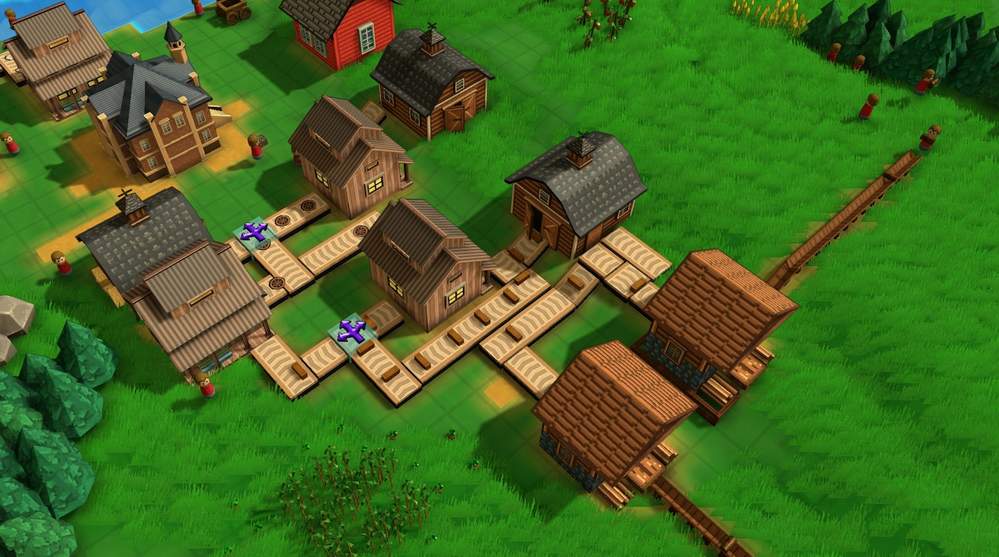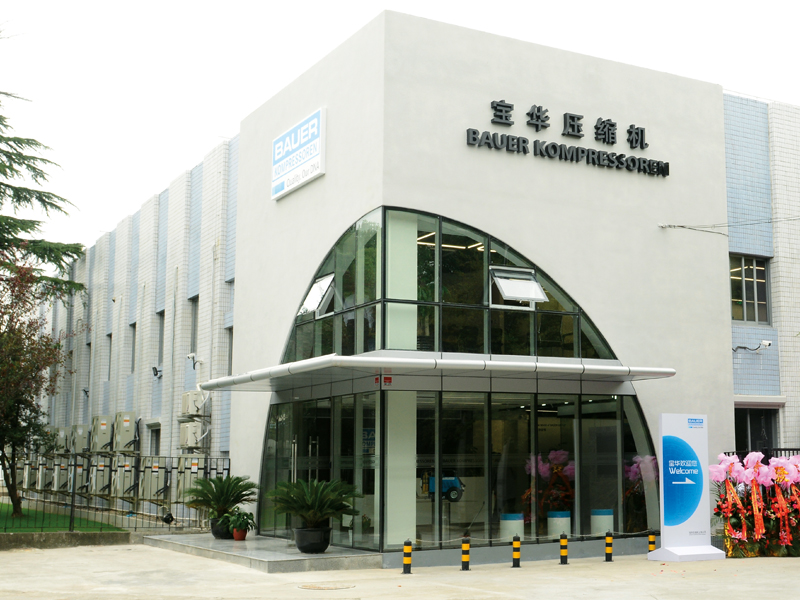

It wasn’t until the 1990s that pressures from urban development and a spate of deadly accidents encouraged a return to the birthplace of pyrotechnics.

However it was Guangdong province’s Dongguan, not Liuyang, that began to dominate China’s export industry due to its proximity to the Pearl River and the trade center of Hong Kong. Today China produces 90% of the global supply.

It wasn’t until the opening of China, with Nixon’s visit in 1972, that the Chinese fireworks industry would see a serious revival and a transfer of accumulated Western know-how back to China.īecause fireworks are labor intensive and don’t require sophisticated manufacturing technology they became a rapidly growing export, with China’s state-owned Horse and Temple of Heaven brands being some of the first known to the West. Incidentally, Mao was schooled in Hunan’s capital, Changsha, just 60 kilometers away from Liuyang. Today China produces 90% of the world's fireworks. MORE: 10 of the world’s most fearsome firework displays Like other cultural treasures, after the Communists took over in 1949, China’s fireworks tradition was thrown into turmoil.ĭuring the Great Leap Forward and Cultural Revolution, new economic think from Mao subsumed Liuyang’s traditional workshops into sclerotic state-owned enterprises that stymied quality and innovation. While Liuyang was known for its family-made fireworks, particularly firecrackers, for much of the 20th century Western countries like the United States were big producers. However, Liuyang’s status as the world’s production capital is a fairly modern phenomenon. Liuyang’s people are clearly proud of this heritage – a dedicated fireworks museum stands in the middle of town. The Chinese credit Liuyang as the historical birthplace of fireworks.Ī Tang Dynasty monk named Li Tian is said to have filled sections of bamboo with black powder, thus inventing the world’s first firecrackers in order to drive away evil spirits. “This is what a drying room smells like,” says Winkle as I inhale the heady odor of charcoal, acetone and sulfur.Īfter the Communists took over in 1949, China's fireworks tradition was thrown into turmoil. He shows me the drying room, where rack upon rack of pyrotechnic effects called “stars” that look like balls of dark chocolate are gently heated to drive away solvents used in the mixing process. We pass a giant “No Smoking” sign as we head into the restricted area. All I can think is whether or not I’ll get to see where they mix the powder. We start in the tube-rolling room, where the cardboard tubes that are staple components in the majority of consumer fireworks are made. I begin to feel overwhelmed as my repressed boyhood fascination with fireworks is rekindled.
#Factory town china full
Building after building is full of workers doing everything from making casings and packing clay plugs, to mixing chemicals and loading shells. The factory is the pyrotechnic equivalent of Willy Wonka’s. A worker stacks a bundle of tubes that form the casings for the fireworks.


 0 kommentar(er)
0 kommentar(er)
